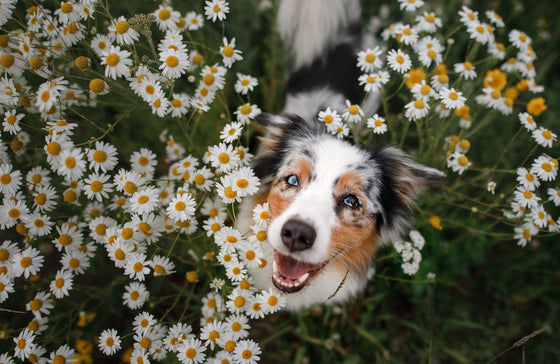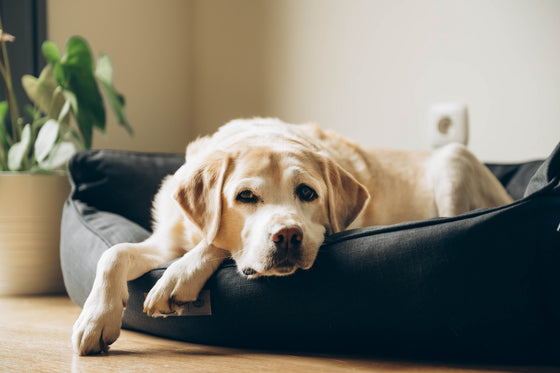
Have you noticed your dog looking nervous as you get ready to leave the house? Does he look tense or bark fiercely when you try to talk to someone else? Does he get ecstatic when you come back home? Did he decimate your shoes, chew off objects around the house, or claw at your door when you were away? These may be signs that your dog has separation anxiety.
Separation anxiety occurs usually when a dog that is extremely attached to his owner becomes incredibly stressed when they are left by themselves. It's a bit more serious of a condition than just a little bit of bad behavior here and there when you are gone. This condition is actually one of the main reasons many dog owners end up giving up their dogs because they are so frustrated. The first step however, is to understand why your dog is acting this way.
It could be:

If your dog has separation anxiety, he may show signs of increased stress when he is alone.
These signs may be:
Although a dog without this condition may do some of these things once in a while, a dog with separation anxiety will show some of these signs almost all the time when he's alone.
The first step is to speak to your vet about it to rule out any possibilities due to medical issues. Sometimes your dog may show the signs mentioned above because of other related health conditions. It could also be because he hasn't been completely house trained. Certain calming supplements can also help relax and calm your dog. If your dog is already taking some medications, it's good to check with your vet if they are the cause.


Spring is finally here, and as a dog owner, it's important to make sure your furry friend is ready for the season. With a little bit of effort, you can help your furry friend transition smoothly into the spring season.
Here are seven dog care tips to keep in mind:
